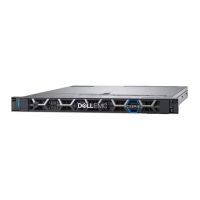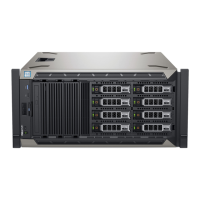c. For the ifcfg-sio_d_2 file, run:
echo DEVICE= sio_d_2 > /etc/sysconfig/network-scripts/ifcfg-sio_d_2
echo STARTMODE=onboot >> /etc/sysconfig/network-scripts/ifcfg-sio_d_2
echo USERCONTROL=no >> /etc/sysconfig/network-scripts/ifcfg-sio_d_2
echo BOOTPROTO=static >> /etc/sysconfig/network-scripts/ifcfg-sio_d_2
echo NETMASK=X.X.X.X >> /etc/sysconfig/network-scripts/ifcfg-sio_d_2
echo IPADDR=X.X.X.X >> /etc/sysconfig/network-scripts/ifcfg-sio_d_2
echo 1 >/sys/bus/pci/rescan
4. Configure the gateway:
echo “NETWORKING=yes” >> /etc/sysconfig/network
echo “GATEWAY=XXX.XXX.XXX.XXX” >> /etc/sysconfig/network
where XXX.XXX.XXX.XXX is the gateway IP address.
5. Create the /etc/udev/rules.d/70-persistent-ipoib.rules file:
touch /etc/udev/rules.d/70-persistent-ipoib.rules
6. Change the permissions of the file you just created to allow the root user access:
chmod a+x /etc/udev/rules.d/70-persistent-ipoib.rules
7. Find the MAC address for each NIC:
ethtool –p <NIC_name>
Output similar to the following should appear:
ethtool -P ens192
Permanent address: 00:50:56:a7:b0:19
8. For each NIC, edit the 70-persistent-ipoib.rules file according to the information in the output in the
previous step:
echo “ACTION=="add", SUBSYSTEM=="net", DRIVERS=="?*", ATTR{type}=="32",
ATTR{address}=="<address>", NAME="<name>"” >> /etc/udev/rules.d/70-persistent-ipoib.rules
9. Reboot to the host.
10. After the network comes up, log in using SSH to the management IP address, and ping all data IP addresses of
another node to verify that you have the correct connectivity on each node.
Results
Network configuration is complete.
Configuring network ports on Linux servers
50 VxFlex Ready Node Operating System Installation Guide for Linux

